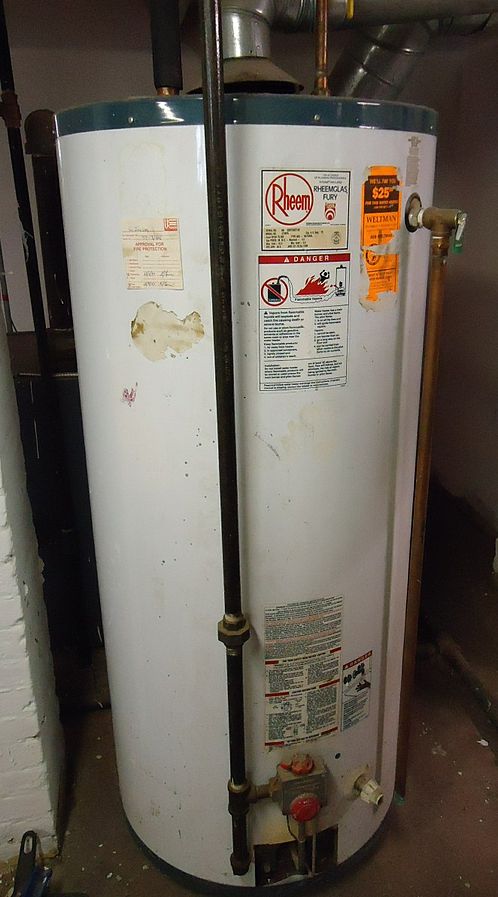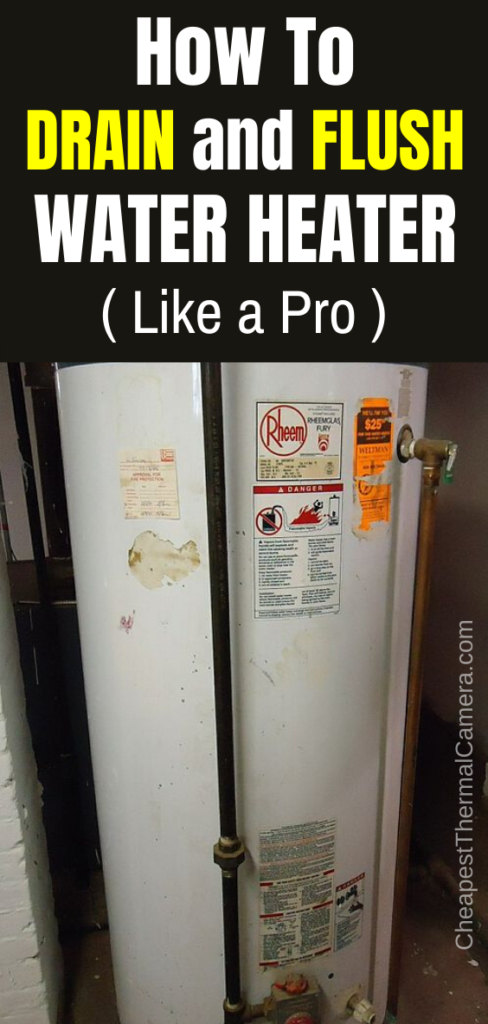 Draining our water heaters might be something of less priority, with most people think that is of less importance and one the last in our priority list.
Draining our water heaters might be something of less priority, with most people think that is of less importance and one the last in our priority list.
However, draining process is important to lengthen the life of a water heater, while it is also crucial to remove the debris and sediments from within the water system.
Learn how to drain and flush a water heater by checking out these 7 excellent videos with step by step demo by experts:
#1: Drain Water Heater and Flush Accumulated Sediment
The first step is to turn off the gas valve to ensure that no heating continues, then open the drain valve attached to the bottom of the tank.
Once this is done, open the water supply valve. The water entering your tank will force sediments out of your tank.
Watch this video by Ron Hazelton to learn the process of how to drain a water heater and flush out the accumulated sediment:
#2: Step by Step Guide to Flush a Water Heater
The other way of flushing your water heater is by cutting your cold water supply and opening up all the hot water outlets.
This prevents slow chugging out of the water from your tank, while opening the hot water outlet reduce vacuum effect that will let to slow draining.
Recommended read: 9 DIY Home Energy Audits with Superb Money Saving Tips
Check out the video below to learn the detailed steps about draining and flushing a gas or electric water heater:
#3: Flushing a Residential Water Heater
To be sure that you trap the sediments coming off the drain –
First, you need to mount the knee-high stocking at the end of your drain hose. Then close the cold water supply and open a hot outlet somewhere in your house. Using a flat blade screwdriver, open the drain valve.
The accumulated sediment in the bottom of a gas or electric hot water heater can be controlled with the detailed step-by-step flushing procedure as shown in the video below.
#4: Flushing Out Built Up Sediment of Water Heater
To drain an electric water heater, you need to turn off the electric filament to ensure that the coil will not continue burning and damage your tank and its elements.
Secondly, you can replace the drain valve with a ¾ inch ball valve, as shown by Bob Hamilton in the following video. This ensures that even big sediments are pushed out.
Recommended read: Top 5 Water Leak Detector Products and Tools
#5: Water Heater Draining Procedure by Plumbing Expert
If your heater is connected to an electric pump, the first step is turn off the pup power supply.
Next, turn the gas valve to pilot mode and the shutdown cold water supply and then open the drain valve. The difference here is switching off the pump before anything else.
Plumbing expert Charles Clinger shares his recommendations here:
#6: Flushing Water Heater Like a Pro
The D plus method of flushing is another method where you remove a small garden hose with a bigger professional valve. This will ensure that there will be less pressure on water coming out of the tank.
You also need to follow the other steps except that a bigger professional valve is required.
Recommended read: Top 10 Benefits of Thermal Camera in Home Improvement
Check out this video by water heater and filtration expert to learn more:
#7: Tips on Hot Water Heater Draining and Flushing
The other way of flushing your water heater is turning off the heater power supply, then turn off the cold water inlets.
The third step, however, is checking if the pressure of the tank is fair. To do this you need to open the safety valve. This release the pressure created by hot water.
How Often Should We Drain/Flush a Water Heater?
Water heaters should be drained and flushed at least once a year. This is the best interval of time because most water heater may not accumulate debris and minerals quickly.
While it has been established that minerals such as chlorine, calcium, and magnesium found in water do accumulate slowly, this also depends on whether the water that gets into your heater is hard or soft.
If the water that gets into your water heater system is hard, then you will be justified to flush it even after every 6 months.
Recommended read: 5 Top Thermal Imaging Cameras for Water Leakage and Plumber
